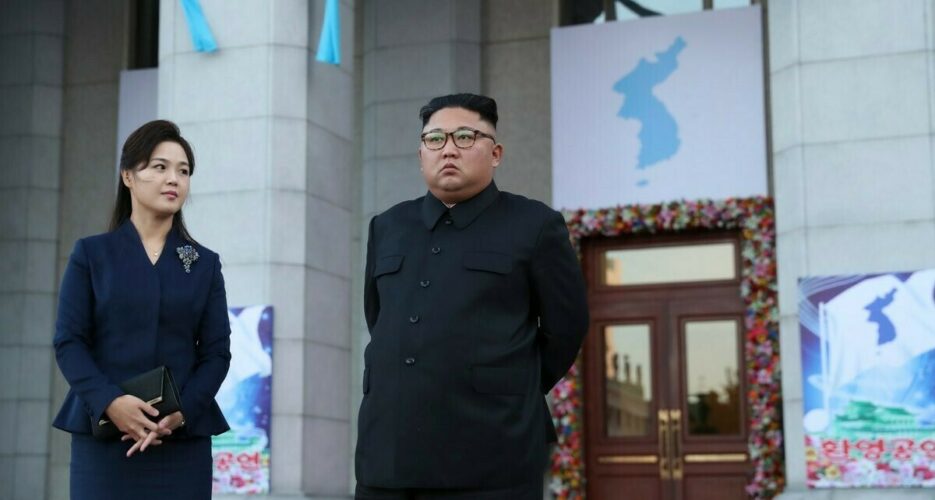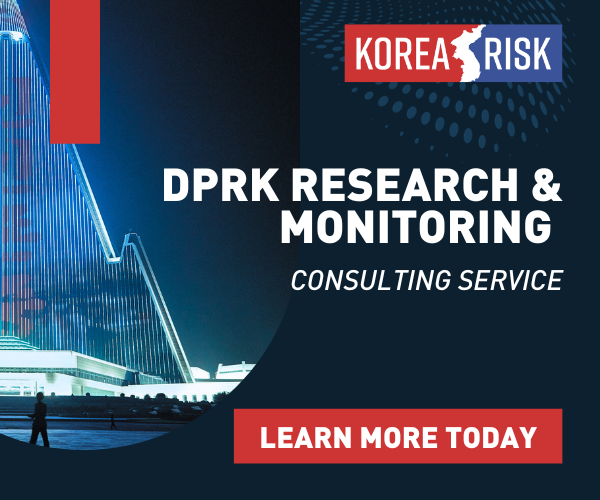George W Bush once famously said, or mis-said: “They misunderestimated me”. Bushisms are easy to mock, but I agree with the novelist Philip Hensher that this time Dubya actually gave us a useful new word: meaning to mistakenly underestimate.
In that sense, perhaps no one in modern times has been so badly misunderestimated as Kim Jong Un. We all – me included – read him dead wrong, as recent events have amply proved.
George W Bush once famously said, or mis-said: “They misunderestimated me”. Bushisms are easy to mock, but I agree with the novelist Philip Hensher that this time Dubya actually gave us a useful new word: meaning to mistakenly underestimate.
In that sense, perhaps no one in modern times has been so badly misunderestimated as Kim Jong Un. We all – me included – read him dead wrong, as recent events have amply proved.
Become a member for less
than $5.75 per week.
Unlimited access to all of NK News: reporting, investigations, analysis
The NK News Daily Update, an email newsletter to keep you in the loop
Searchable archive of all content, photo galleries, special columns
Contact NK News reporters with tips or requests for reporting
Get unlimited access to all NK News content, including original reporting, investigations, and analyses by our team of DPRK experts.
Subscribe now
All major cards accepted. No commitments – you can cancel any time.












